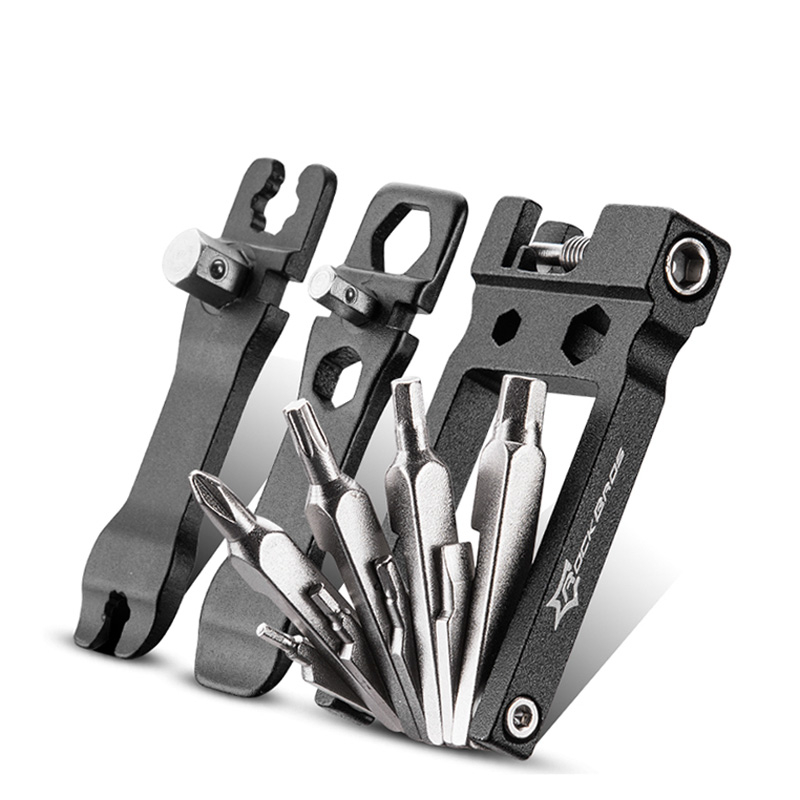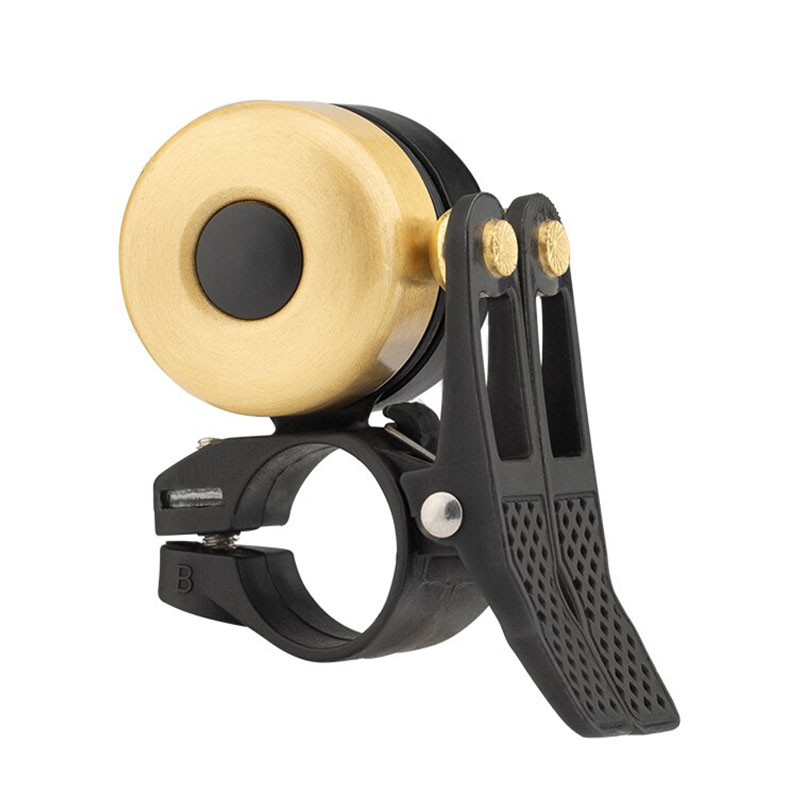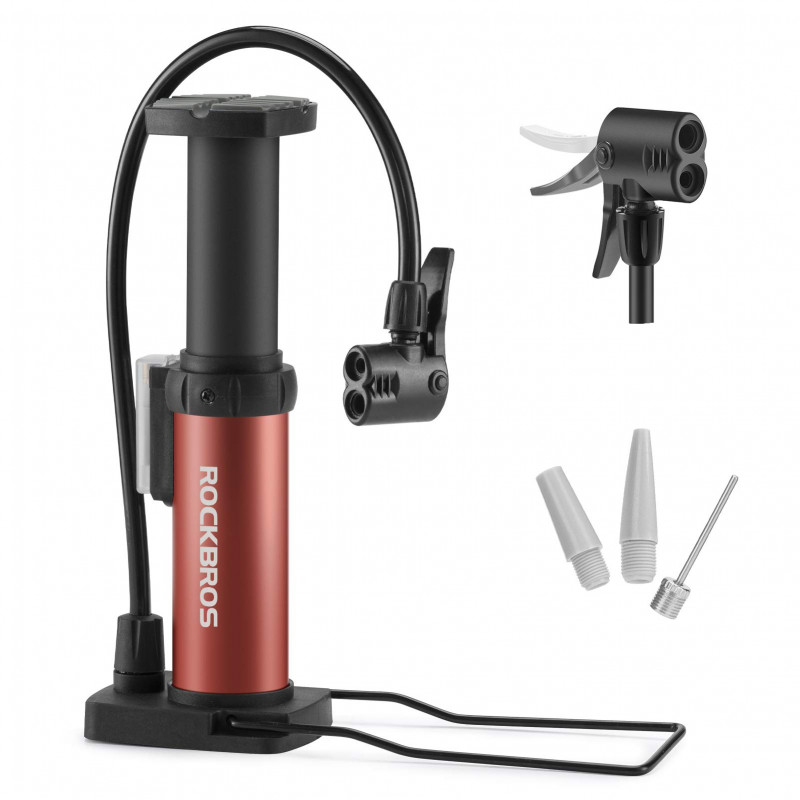Choosing the Right Bike Pedals: A Guide to Comfort and Performance

Muscle fatigue is a common challenge faced by cyclists, often leading to decreased performance and increased risk of injury. However, with the right strategies and techniques, it is possible to prevent muscle fatigue and enhance your cycling experience. In this article, we will explore effective methods to prevent muscle fatigue and optimize your cycling performance.
Introduction
Cycling is a physically demanding sport that requires repetitive muscle contractions over extended periods. Muscle fatigue, characterized by a decline in muscle power output and endurance, can limit your cycling performance and hinder your overall enjoyment of the sport. By implementing the following strategies, you can reduce the impact of muscle fatigue and ride longer, stronger, and more efficiently.
Understanding Muscle Fatigue
Before diving into prevention techniques, it is crucial to understand the underlying causes of muscle fatigue. Muscle fatigue can result from factors such as the accumulation of metabolic waste products, depletion of energy stores, insufficient oxygen supply, and neuromuscular fatigue. By addressing these factors, we can effectively minimize muscle fatigue during cycling.
Importance of Preventing Muscle Fatigue
Preventing muscle fatigue is essential for both recreational and competitive cyclists. By maintaining optimal muscle function, you can improve endurance, increase power output, reduce the risk of injury, and enjoy a more comfortable and efficient cycling experience. Let's explore some practical strategies to help you prevent muscle fatigue while cycling.
Proper Bike Fit
One of the fundamental aspects of preventing muscle fatigue is ensuring a proper bike fit. A well-fitted bike promotes efficient pedaling mechanics and minimizes strain on muscles and joints. Consult a professional bike fitter to adjust your bike's saddle height, handlebar reach, and other parameters according to your body's unique requirements.
Gradual Training Progression
To prevent muscle fatigue, it's crucial to implement a gradual training progression. Gradually increase the duration, intensity, and frequency of your rides over time. This allows your muscles to adapt and strengthen gradually, reducing the risk of overexertion and fatigue.
Warm-up and Cool-down
Before hopping onto your bike, make sure to warm up your muscles properly. Perform dynamic stretches and engage in a low-intensity warm-up ride to increase blood flow, warm up the muscles, and prepare your body for the upcoming workout. Similarly, after your ride, cool down by gradually reducing your intensity and performing static stretches to aid in muscle recovery.
Incorporating Strength Training
Strength training plays a vital role in preventing muscle fatigue while cycling. Include exercises that target the major muscle groups involved in cycling, such as the quadriceps, hamstrings, glutes, and core. Regular strength training sessions help improve muscular endurance, power, and overall resilience.
Optimizing Nutrition and Hydration
Proper nutrition and hydration are crucial for preventing muscle fatigue during cycling. Consume a well-balanced diet rich in carbohydrates, proteins, and healthy fats to provide your muscles with the necessary fuel. Stay hydrated by drinking water before, during, and after your rides to maintain optimal muscle function and prevent dehydration-related fatigue.
Recovery Techniques
Incorporate effective recovery techniques into your cycling routine to minimize muscle fatigue. These may include foam rolling, massage therapy, stretching, and active recovery rides. Adequate recovery allows your muscles to repair and adapt, reducing the likelihood of fatigue and improving your overall cycling performance.
Using Proper Cycling Techniques
Utilizing proper cycling techniques can significantly reduce muscle fatigue. Maintain a smooth and efficient pedal stroke by applying force throughout the entire pedal revolution. Additionally, focus on maintaining proper posture, engaging your core, and utilizing a relaxed grip on the handlebars to minimize muscle tension and fatigue.
Listening to Your Body
Listening to your body's signals is essential in preventing muscle fatigue. Pay attention to signs of overexertion, such as excessive muscle soreness, persistent fatigue, or decreased performance. Take rest days when needed and adjust your training intensity or duration accordingly to avoid pushing your muscles beyond their limits.
Maintaining a Balanced Training Program
Maintaining a balanced training program is key to preventing muscle fatigue and achieving optimal cycling performance. Incorporate a mix of endurance rides, interval training, hill climbs, and recovery sessions to target different energy systems and muscle groups. Varying your workouts helps prevent overuse injuries and provides a more well-rounded training stimulus.
Monitoring and Adjusting Intensity
Regularly monitor and adjust the intensity of your cycling workouts to prevent muscle fatigue. Use heart rate monitors, power meters, or perceived exertion scales to gauge your effort levels. Avoid consistently pushing yourself to the absolute limit and incorporate lighter recovery rides to allow for adequate muscle recovery and adaptation.
Ensuring Sufficient Rest and Sleep
Rest and sleep are crucial for preventing muscle fatigue and optimizing cycling performance. Allow your body ample time to recover between intense workouts and prioritize getting quality sleep each night. Aim for 7-9 hours of uninterrupted sleep to ensure optimal muscle repair and overall recovery.
Conclusion
By implementing these strategies, you can effectively prevent muscle fatigue and enhance your cycling experience. Remember the importance of proper bike fit, gradual training progression, warm-up and cool-down routines, strength training, nutrition and hydration optimization, recovery techniques, proper cycling techniques, listening to your body, maintaining a balanced training program, monitoring and adjusting intensity, and ensuring sufficient rest and sleep. With consistent practice and attention to these factors, you can enjoy longer, more enjoyable rides while keeping muscle fatigue at bay.
FAQs (Frequently Asked Questions)
Is muscle fatigue unavoidable during cycling? While some level of muscle fatigue is inevitable during cycling, proper techniques and strategies can significantly reduce its impact and prolong your endurance.
Should I stretch before or after cycling to prevent muscle fatigue? It is best to perform dynamic stretches before cycling as part of your warm-up routine. Static stretching can be done after your ride as part of the cool-down process.
Can nutrition help prevent muscle fatigue? Yes, maintaining a well-balanced diet with adequate carbohydrates, proteins, and fats can provide your muscles with the necessary fuel and support optimal performance.
How often should I incorporate strength training into my cycling routine? Aim to include strength training sessions 2-3 times per week, focusing on exercises that target the major muscle groups used in cycling.
What are some signs of overtraining and muscle fatigue? Signs of overtraining and muscle fatigue may include persistent fatigue, decreased performance, prolonged muscle soreness, and an increased susceptibility to injuries.









